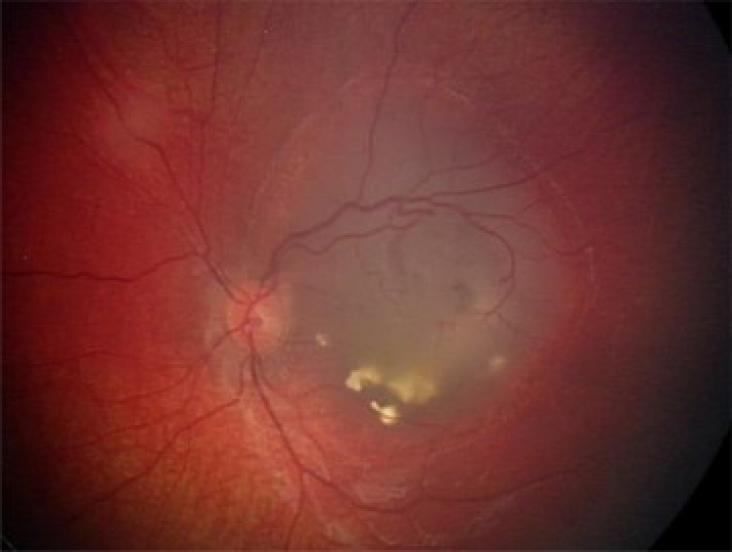This chapter advances SDGs 3, 4, and 10 by exploring topics with emphasis on the benefits and challenges of talking with youth about race and identity, strategies for coping, and ways that we can help promote racial healing in ourselves and our communities.
A study of the risks from emerging technologies, such as artificial intelligence, and their disproportionate impact on particularly vulnerable individuals or groups in a community. The authors identify and map types of harms or injustices experienced in the digital space to understand how they are translated into rights violations by adjudicative bodies. Racial structural injustice is one aspect of the research.
This article examines the trade-offs between industrial development that benefits indigenous peoples economically and the environmental and other harms that result.
This Article supports SDG 3 and 10, looking at COVID-19 vaccination, incidence, and mortality data among Indigenous people in Brazil. Incidence was noted to be higher and vaccination coverage lower than in the general population. The paper notes that COVID-19 cases and deaths among Indigenous people could have been improved with better policies and strategies, including improved communication to these communities regarding the vaccine.
Elsevier,
Great American Diseases
Their Effects on the course of North American History
2022, Pages 301-317
This content aligns with Goal 3: Good Health as well as Goal 10: Reduced Inequalities by describing the history of AIDS.
This content links with Goal 3: Good health and well-being and Goal 10: Reduced Inequalities by providing coverage of the clinical syndrome of a primary progressive aphasia (PPA), the demographics of this rare neurodegenerative disease, defining clinical and neuroanatomic characteristics of each PPA variant, disease progression, and behavioral features.

Understanding the genetics of retinoblastoma has enabled clinicians to develop targeted screening guidelines based on genetic risk, minimising unnecessary screening exams, and focusing resources on individuals at greatest risk. The goal of SDG target 3.d is to strengthen the capacity of all countries, in particular developing countries, for early warning, risk reduction and management of national and global health risk.
This content links with Goal 3: Good health and well-being and Goal 10: Reduced Inequalities by providing understaning of the genetics of retinoblastoma enabling clinicians to develop targeted screening guidelines based on genetic risk, minimising unnecessary screening exams, and focusing resources on individuals at greatest risk.

Discusses how manifestations of HIV-related CVD differ by sex. The goal of SDG target 3.3 is to end the epidemics of AIDS, tuberculosis, malaria and neglected tropical diseases and combat hepatitis, water-borne diseases and other communicable diseases.
Elsevier,
Translational Autoimmunity: Autoimmune Disease Associated with Different Clinical Features, Volume , 1 January 2022
This content aligns with Goal 3: Good Health as well as Goal 10: Reduced Inequalities by reviewing the interplay between HIV infection and the immune system, the mechanisms it can generate autoimmunity, and an overview of the primary autoimmune diseases commonly diagnosed in patients with HIV infection.
